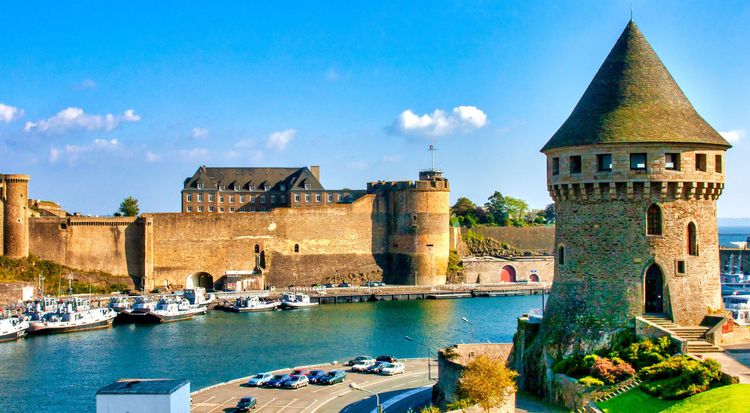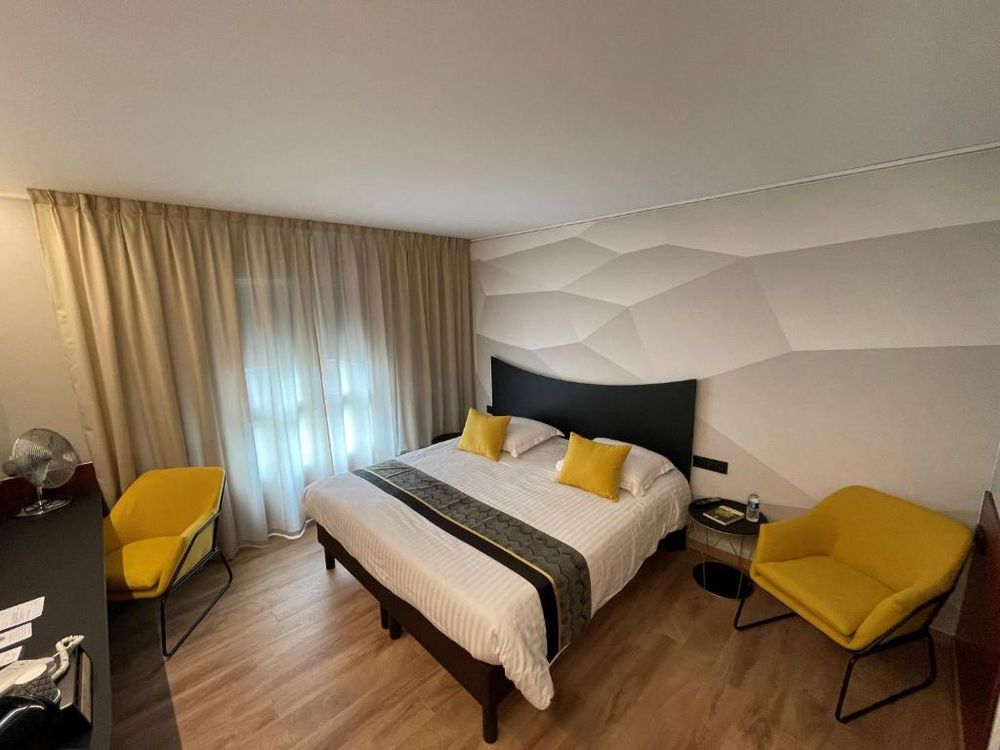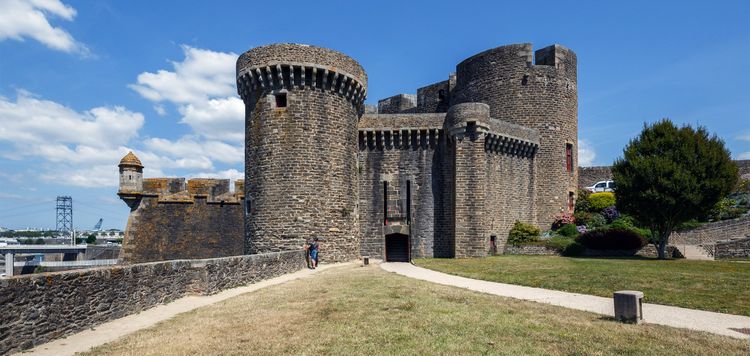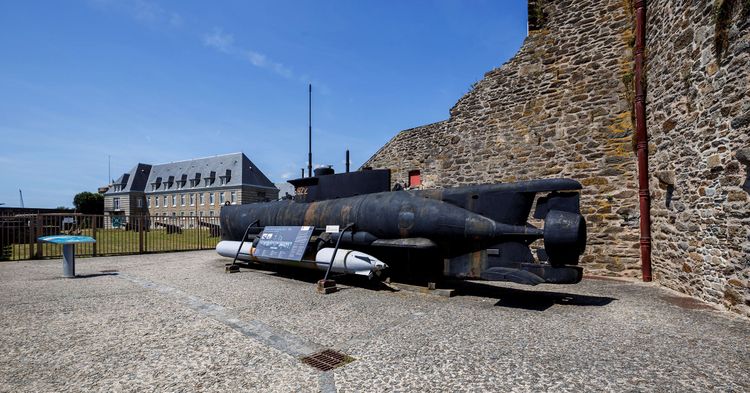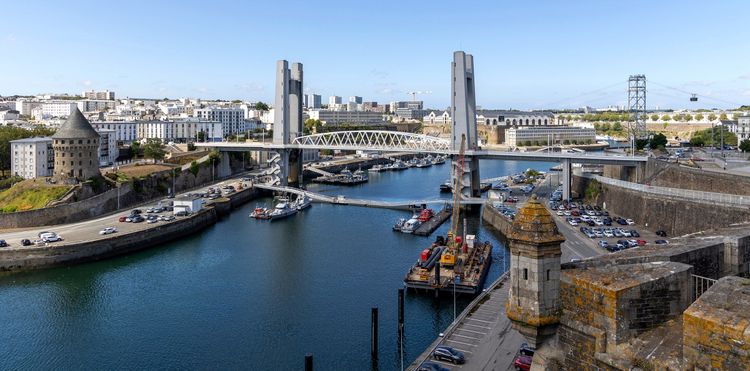Brest's maritime vocation is nothing new. Like Toulon, Brest was chosen by Richelieu to develop the French war fleet. The arsenal was built in Brest on the orders of Louis XIII, who set up shipbuilding workshops, the Marine, which was then royal and is now national. Under Colbert, Minister of the Navy from 1669 to 1683, Brest reached its apogee. It became France's main naval arsenal, with new defences, buildings (prison, commercial), docks, etc.
Brest proudly asserts its maritime facet with its commercial port (number one in France for ship repairs), its marina and now its national naval museum.
